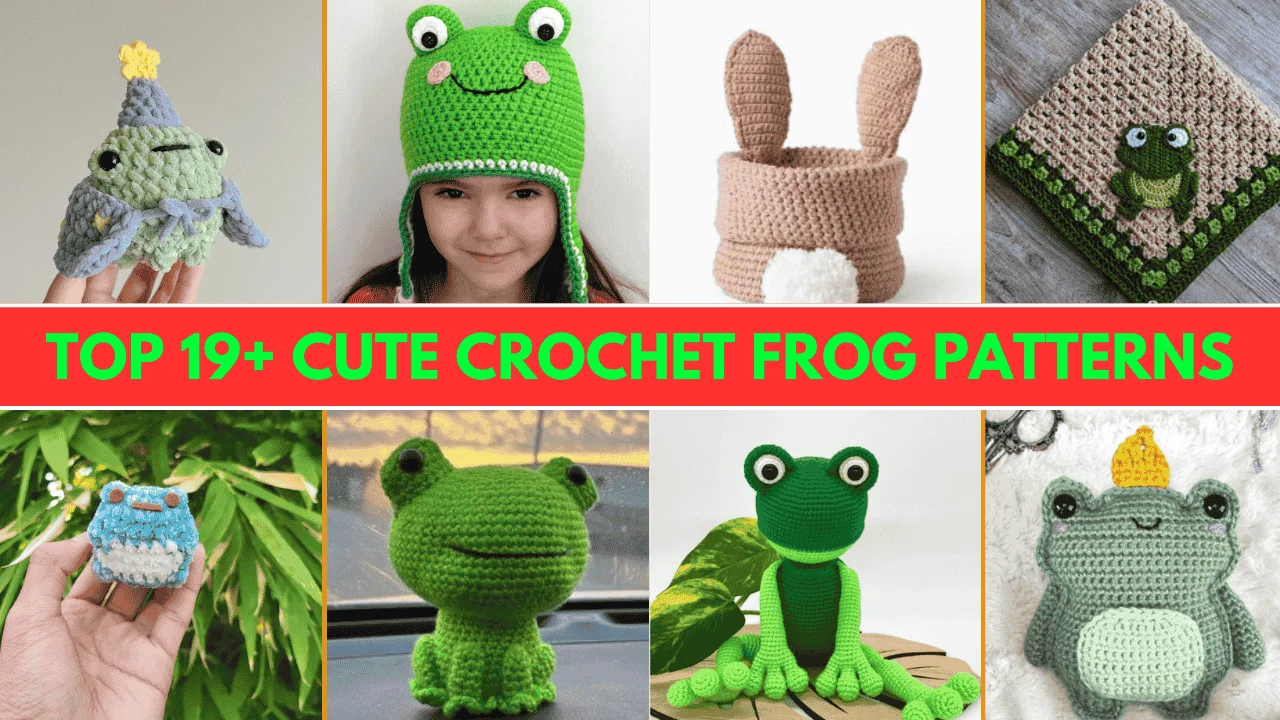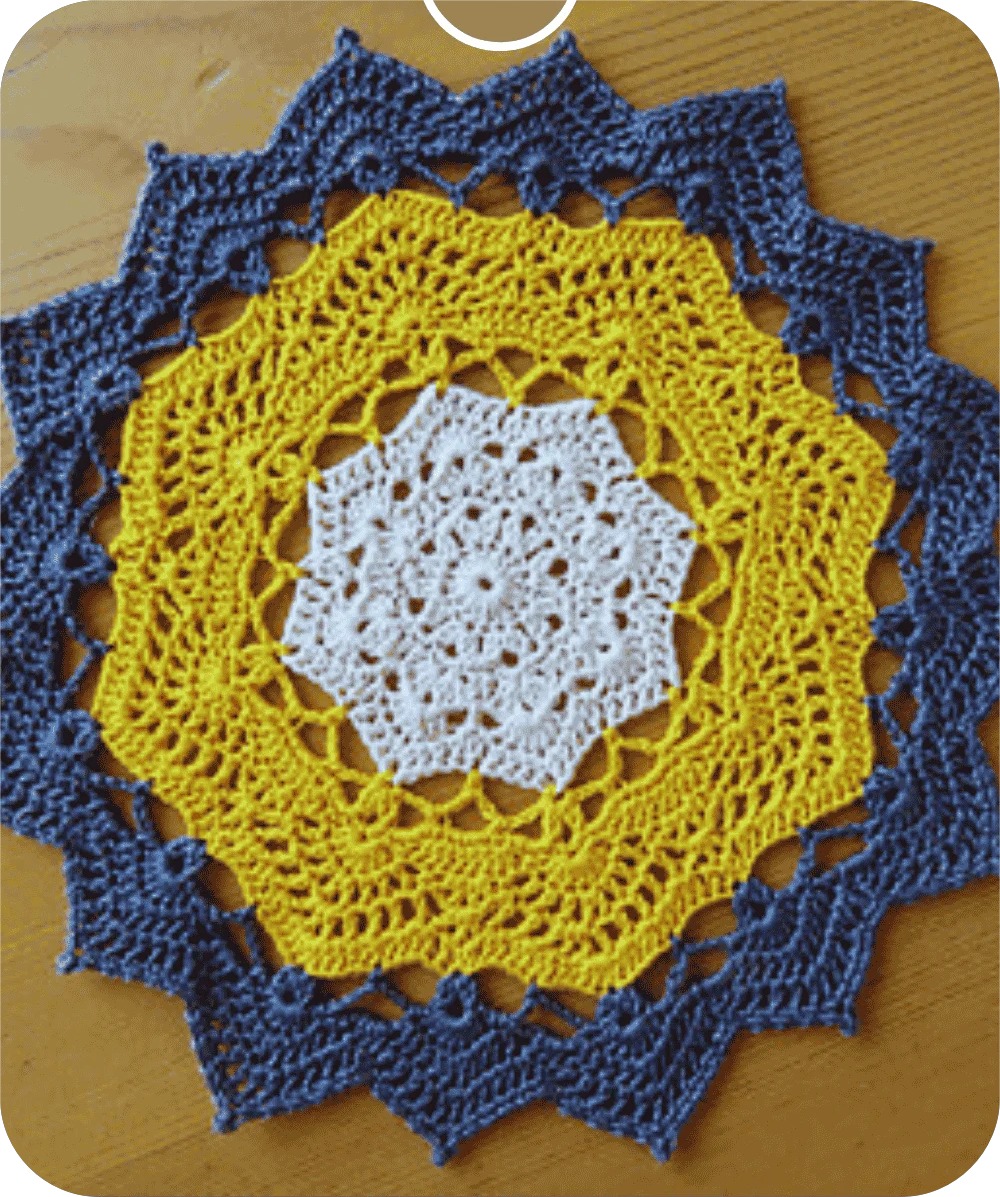Everybody desires that their crochet work should be presentable. To complete it, you can use the crab stitch crochet because it provides one of the cleanest and strongest edges. It adds a good twist to the edge, giving your work a clean and professional look. Wish to know how to do it at home? This guide is a walkthrough for a beginner.
Reverse single crochet is also called the crab stitch crochet. It’s a hoot to work with, easy, and ideal for making borders in blankets, bags, or granny squares. It is stitched in reverse, which makes it look like a rope. It’s something different the first time, but you’ll love how great it makes your work project look when you give it a shot.
Crochet crab stitch can be applied to the edging of all types of things. It is good on blankets and also on small things such as coasters or sleeves. You can add it to a stitch border or do a little something special at the end of a crochet blanket; either one makes your work spectacular. It is an excellent concept to have as a crochet lover.
In This Post
Key Takeaways:
- Reverse single crochet is another name for crab stitch crochet.
- It makes a curved edge that has a professional appearance.
- It is a good stitch to use for edging on blankets, bags and crochet patterns.
- Simple to learn, and it’s the best game for beginners.
- Takes advantage of the border, such as in double crochet borders or granny square edges.
What is a Crab Stitch Crochet?
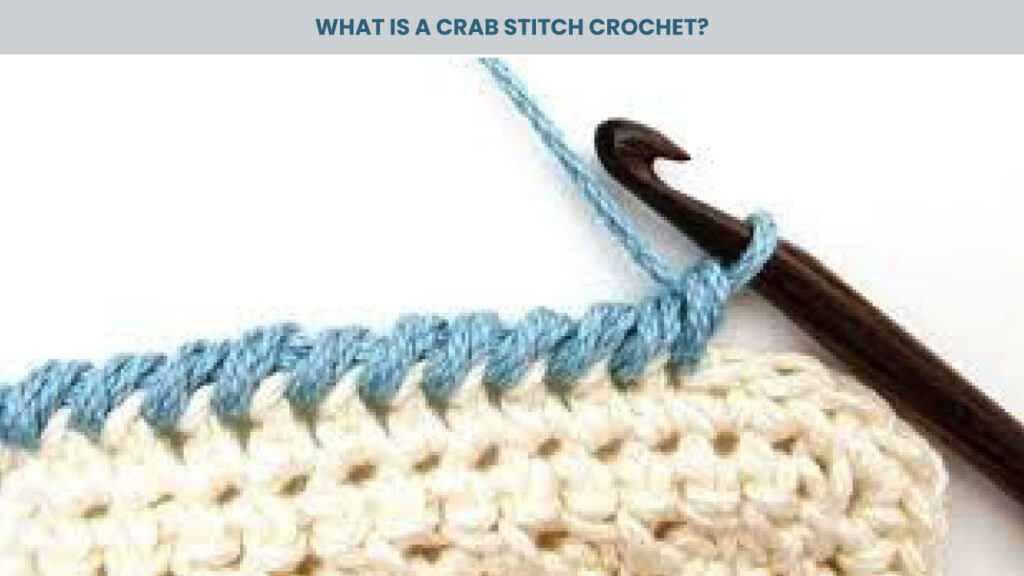
Crab stitch crochet is a special technique to create a firm twisted edge. It is made by working the single crochets in the opposite direction, that is, starting at left to right as opposed to right to left. This back movement gives it a different appearance.
The crab stitch creates a tough and curly type of border. It leaves your project with a neat finishing. A large number of the projects could be capped by crab stitch crochet. It can be applied to blankets, bags, as well as to hats. It is also used on granny squares.
They like it since it helps them look bright and powerful in their work. Although it seems weird initially, it is not challenging to learn. As soon as you have the hang of it, you will enjoy it even more because it will enhance your crochet work to look even better.
Why Use Crab Stitch in Crochet?
Putting the crab stitch on the end of your project will result in a firm edge that looks well-kept and holds the shape. It also gives your work a clean, twisted finish. Many people use it for borders. Below are the reasons why crab stitch crochet is a great choice:
- Strong edge: It helps your project stay in shape. This stitch keeps the border from curling or stretching out. Your work will last longer and hold up better.
- Twisted style: The stitch looks like a rope. This adds a bold and pretty edge to your work. It gives your project a unique and clean design.
- Works with many designs: You can use it on granny squares, blankets, and other items. It fits well with almost any crochet pattern. It’s a good match for fancy or straightforward styles.
- Perfect for borders: It adds a neat line to the end of your work. Try it after a double crochet border to make it look finished. It makes every edge look smooth and even.
- Easy to learn: It does not require much practice even by novices. After being used to the backwards movement, the activity is natural. It is exciting to finish a lot of crochet work.
Whether you want to finish a stitch blanket or try something new, crab stitch crochet is a great choice. It’s also a fun alternative to crab stitch crochet borders like shell or picot edging.
Supplies Used to Crochet Crab Stitch
To do crab stitch crochet, you need certain elements. These tools will assist you in beginning as well as completing your project successfully. Every supply has its task. And here is a table in which you can see what you need and why:
| Item | Use |
|---|---|
| Crochet hook | Choose the hook that corresponds to your yarn. |
| Yarn | Any yarn can be used; however, medium yarn is better. |
| Scissors | Cut off the yarn with them when you are finished. |
| Tapestry needle | After finishing the work, it helps in concealing the ends of a yarn. |
During learning, make sure your yarn is not too slippery. Soft acrylic yarn, or cotton, is a breeze to work with. These are the always necessary crochet tools!
How to Crochet a Crab Stitch [ 7 Steps Guide]
Crab stitch crochet is simple to do. You’ll just need a few tools and a little time to practice. Follow these steps to learn how to do a crab stitch crochet:
- Complete your final row: Remember not to hand in your work.
- Insert hook: Insert your hook on the right stitch.
- Yarn over: Wrap the yarn over the hook.
- Pull up a loop: Pull the yarn through the stitch.
- Yarn over again: Repeat.
- Pull through both of the loops: This completes one stitch.
- Repeat: continue into the next right stitch.
A crab stitch crochet is done as follows. It might be a little odd, due to the reversed direction. However, continue practising! The following are the specifics of every step;
Step 1: Complete Your Last Row:
Before you start the crab stitch, complete the final row of your main pattern. Do not turn your work in like you usually do. Instead, keep it facing you. This is because the crab stitch moves in the opposite direction.
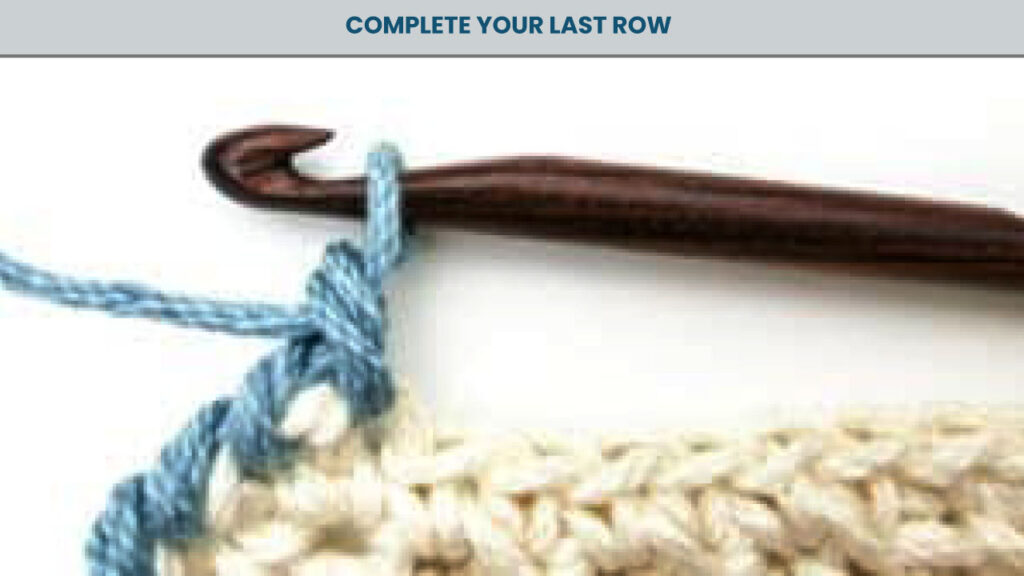
Step 2: Insert Your Hook
Place your crochet hook into the stitch that is directly to the right of your current position. Usually, you go left. But in crab stitch, you go right. This is why it’s also called reverse single crochet.
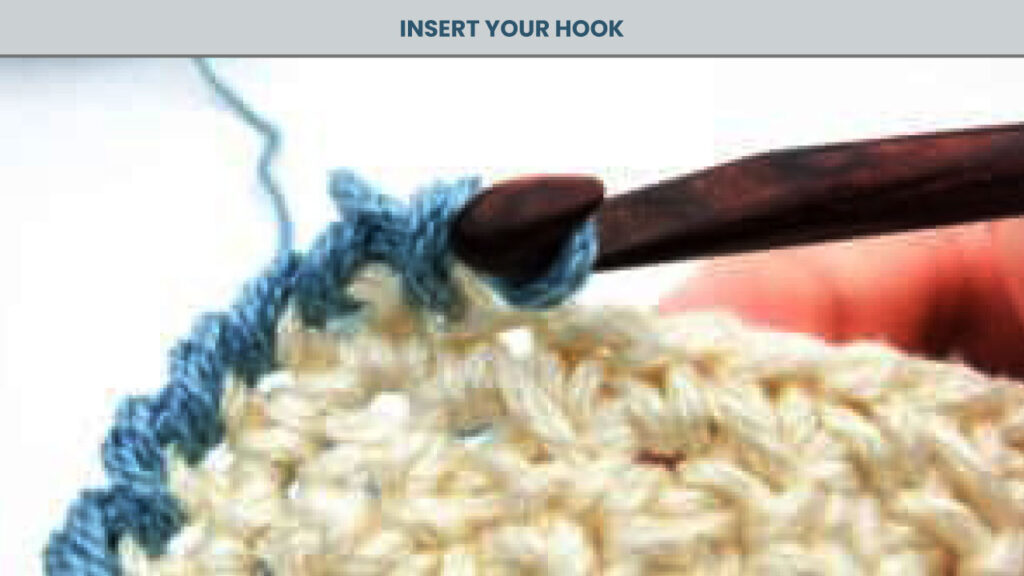
Step 3: Yarn Over
Take your yarn and wrap it over the hook from back to front. Keep your hand loose. If you hold it too tightly, it may be hard to move the hook.
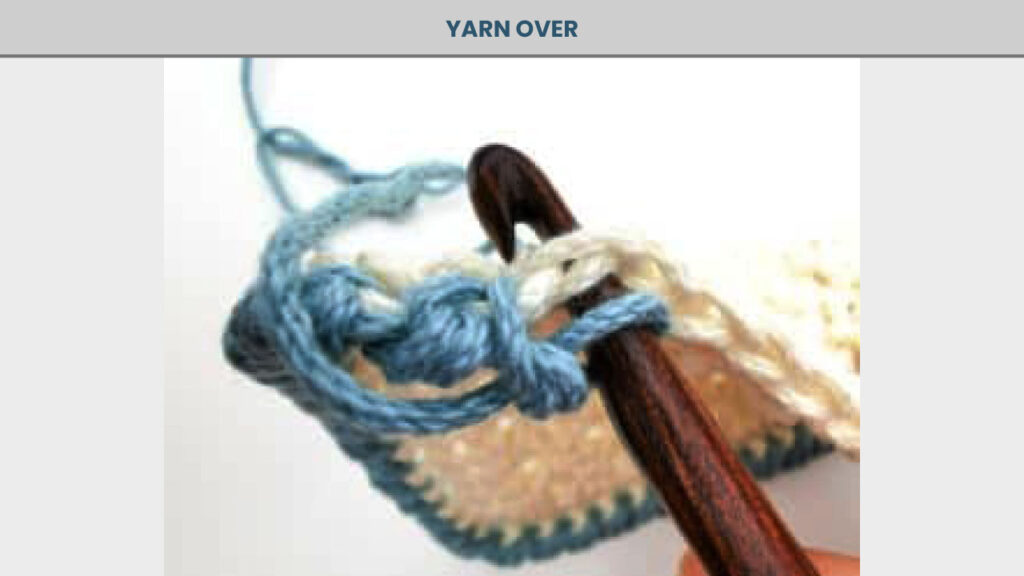
Step 4: Pull up a loop
Now, pull the yarn back through the stitch you went into. You should now have two loops on your hook. If it feels tight, gently wiggle the hook.
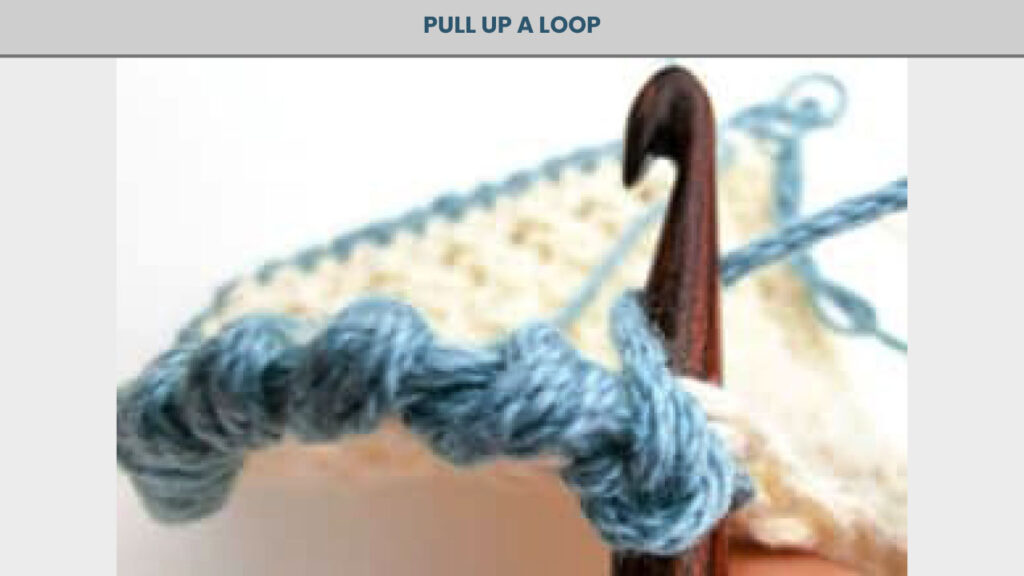
Step 5: Yarn over again
Wrap the yarn over your hook one more time. This step is just like how you finish a regular single crochet.
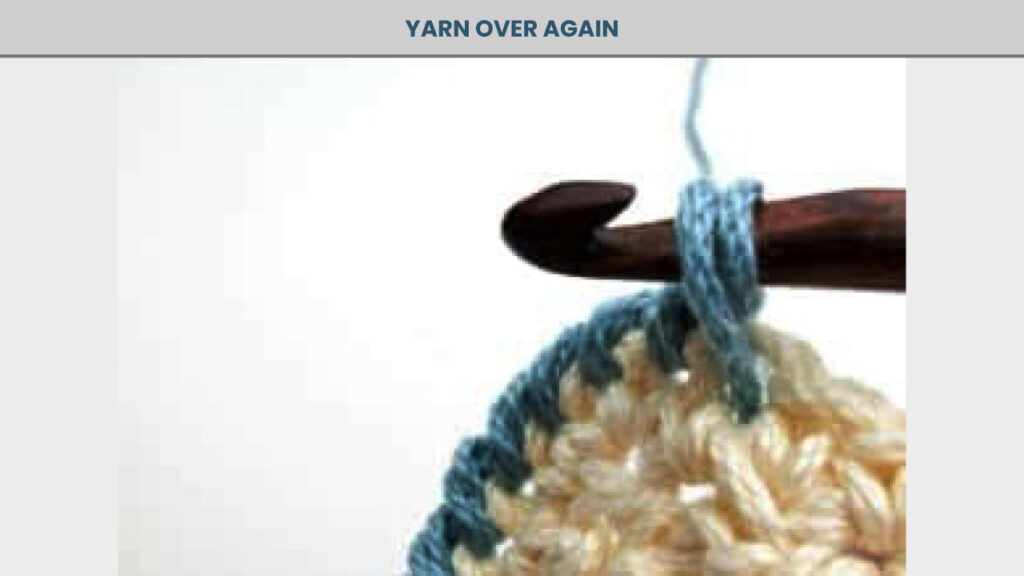
Step 6: Pull through both loops
Pull the yarn through both loops on your hook. You’ve now finished one crab stitch! The stitch will twist slightly. That’s the look you want.
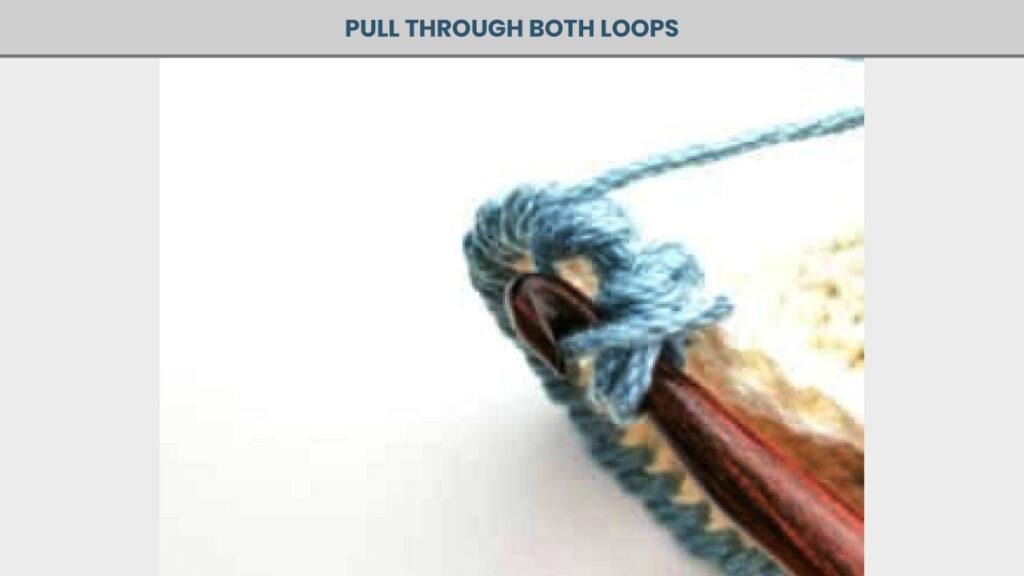
Step 7: Repeat
Move to the next stitch on the right and repeat the same steps. Keep your pace slow. The twisting shape will begin to show as you go along.
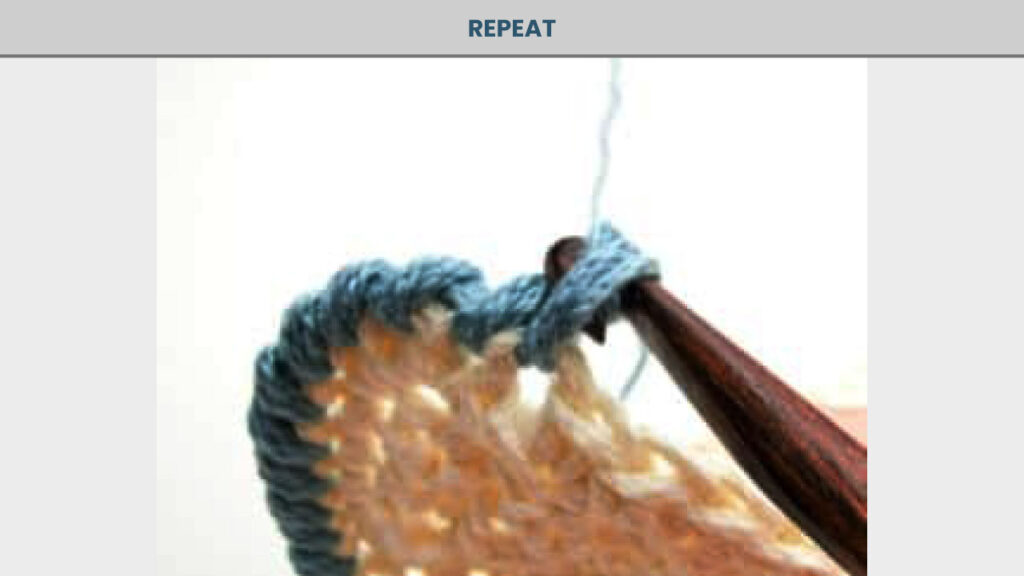
The crab stitch crochet might feel somewhat strange to start with, since you are going one direction and the needle goes in the other direction. However, it gets straightforward and enjoyable with practice. It is a wonderful stitch to use on borders, in particular blankets, bags and granny squares. Don’t give up until your hands are used to this move!
Advanced Applications of the Crab Stitch
Having learnt how to perform crochet crab stitch, you can employ it in several artistic forms. It is not a mere border. The stitch can be used to create strength, texture, and a finished look in many crochet projects. Whether it’s blankets or bags, it’s a great way to make your work stand out.
Blanket Borders
Crab stitch crochet is also an excellent stitch to use on the corners of crochet blankets. It puts a solid crisp margin which maintains the proportions of the blanket. The crossover appearance provides the blanket with a clean and presentable frame that is neat and firm.
Granny square edging
Crab stitch crochet can be employed in joining and binding up granny squares. It smoothens and straightens the join. The twist of the stitches not only provides a texture, but also keeps all the squares correlated and in the right place.
Textured Straps
Bag handles and straps are ideal for using the crab stitch. This technique renders the strap thicker and stronger, making the handle wear out longer and appear good, with a rope-like pattern that is quite nice to look at and feels firm.
Hat Brims
Crab stitch crochet can be used to shape a brim when applied to hats. It stiffens soft yarn and maintains the edge, which is helpful. The hat is also finished and trendy with the twisted border.
Twisted Edge
To add further texture, use crab stitch interspersed with a forward crab stitch crochet. This puts a special twist on both sides of the coin. It is an entertaining process to create borders that will shine in any piece of work.
The crab stitch crochet can also be used to finish rather complex patterns. It combines a smooth edge with a clean and balanced design. It applies to most yarns and is suitable for bags, as well as for home use and clothing.
Pro Tips for a Perfect Crab Stitch Edge
At first, you might find crab stitch crochet a bit awkward. Going backwards is something one has to get used to. It is not that difficult, though, and after following a couple of tips and a little practice, you will learn to make nice and clean edges. After knowing these tricks, you will be able to get an idea of how to improve your crab stitch and make your work appear clean and even.
Maintain your tension-free: When you pull your yarn too residential, it is difficult to insert the hook. Lax tension will make the hook slide more easily through every stitch.
Apply the correct use of the hook size: When you see your edge to be that floppy, use a smaller hook. This makes the crab stitch more even and compact.
Count your stitches: Keep in mind the number of stitches at all times. This will prevent missing of spots or additional stitches that will cause your edge to seem uneven.
Swatch practice: Then you cannot work on a large project with crab stitch right away. Begin to make a small sample to accustom yourself to the movement.
Twist your wrist delicately: The crab stitch is back to back, so it is helpful to have a gentle movement of the wrist. It will cause the hook to turn more easily, without stretching the yarn a lot.
By being patient and using these helpful suggestions, your crab stitch crochet edge is going to appear robust and smooth, expert-like.
Frequently Asked Questions (FAQs)
What is crab stitch crochet?
The crab stitch is usually applied in making a practical and decorative edge. It provides a jagged rope-like edge and is good when wanted as a crab stitch crochet border on a blanket, bag, hat or other crochet item.
Is there a written crochet pattern for crab stitch?
Absolutely. You can find a lot of instructions for crab stitch crochet in the form of pictures. They describe the process of crab stitch crochet in an effortless manner that is ideal for a novice.
Which projects can I apply crab stitch crochet to?
You can do a lot with it, such as a crab stitch crochet blanket, granny square or even purse handles. It can also be ideal to complete a crab stitch crochet edge on home decor or wearables.
Does it have a crab stitch crochet pattern attached to it?
There are a lot of free and paid crab stitch crochet patterns on the Internet. These are the crab stitch in the borders or complete patterns, such as in the textured rows or strips.
Does crochet have a video on crab stitch for left-handed crafters?
Yes! Simply search for “crab stitch crochet left-handed,” and you’ll find videos tailored to your needs. They are invaluable in case you are left-handed, and the opposite should be shown correctly.
Is crab stitch crochet used in the UK?
Yes, it is possible! Understand, though, that terminologies may vary. The stitch in the crab stitch crochet UK version is again referred to as reverse single crochet; however, the name single crochet can also be referred to in the UK as double crochet.
Final Thoughts
One of the simplest things that you can do to make your projects neat is to use crab stitch crochet. It works with a pristine, warped finish. Use it whether you are making a crochet blanket or a granny square, and you will have something beautiful and strong.
It works as a crab stitch crochet edging, on hats, bags or even a complete crab stitch crochet blanket. Continue to learn the crab stitch crochet tutorial, including online videos, pattern diagrams, and written instructions. Okay, take up your hook and yarn. Give crochet a pro finish today by trying the crab stitch crochet edging!

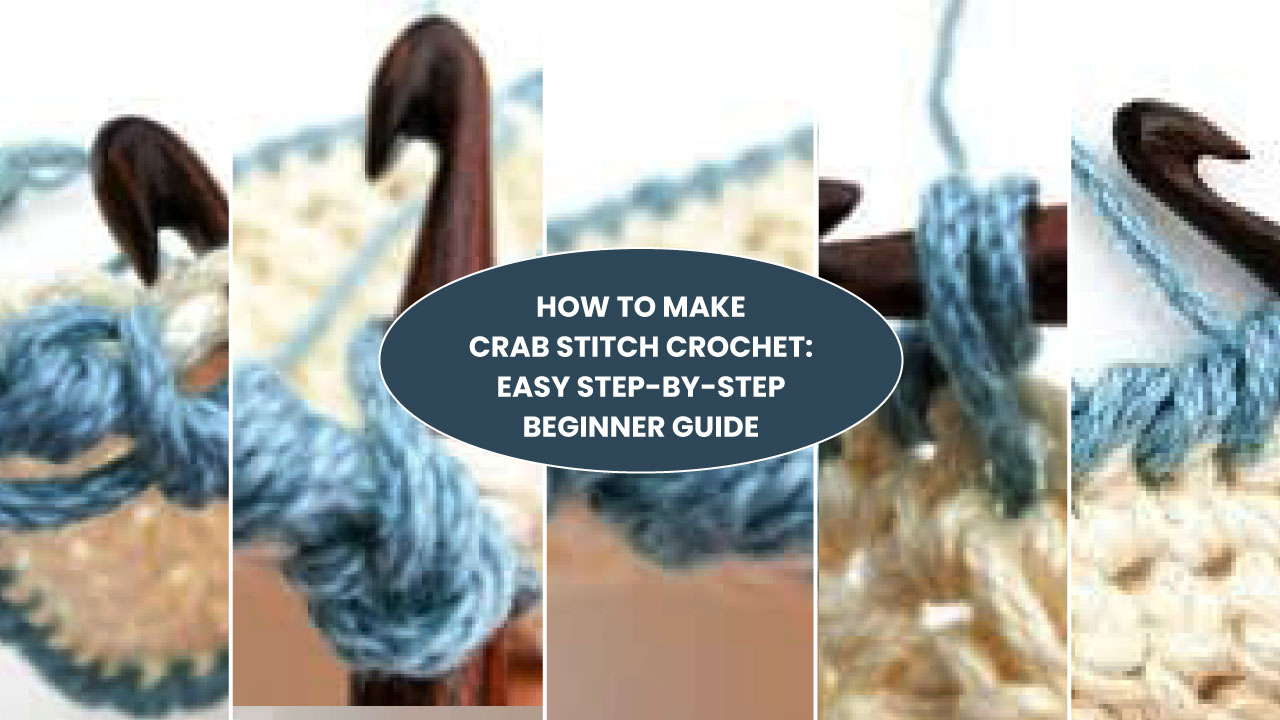


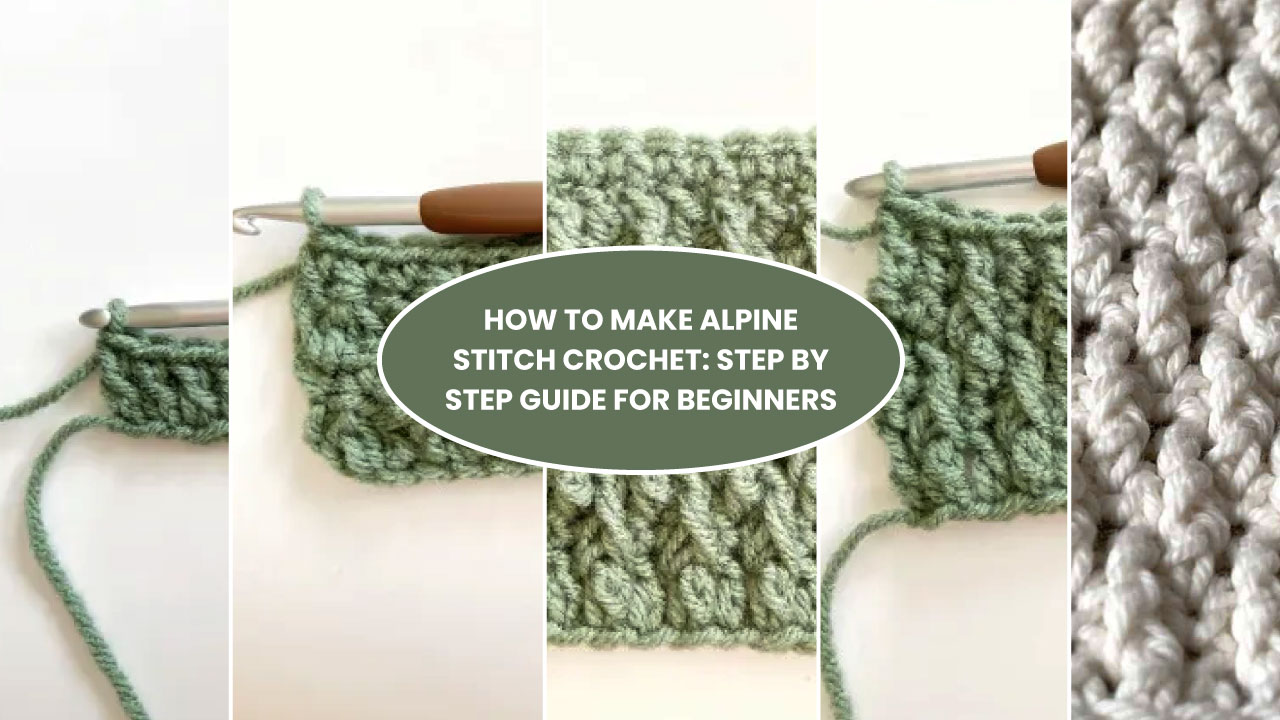
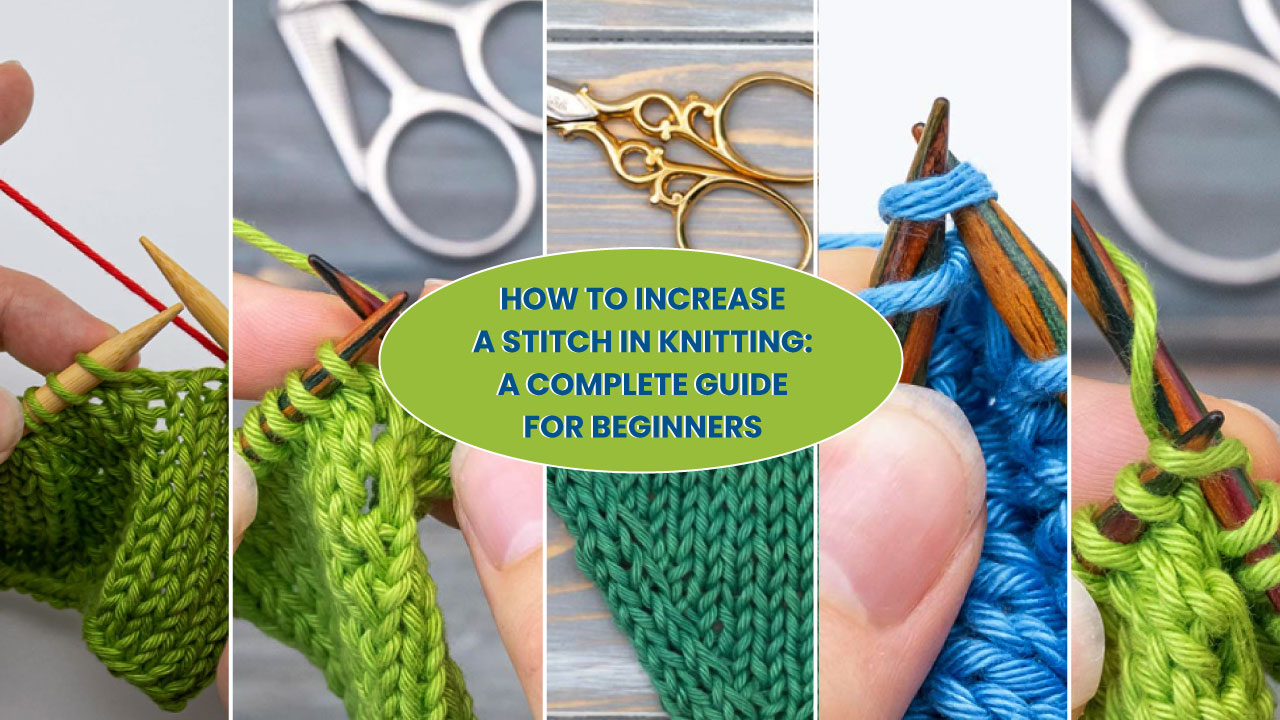



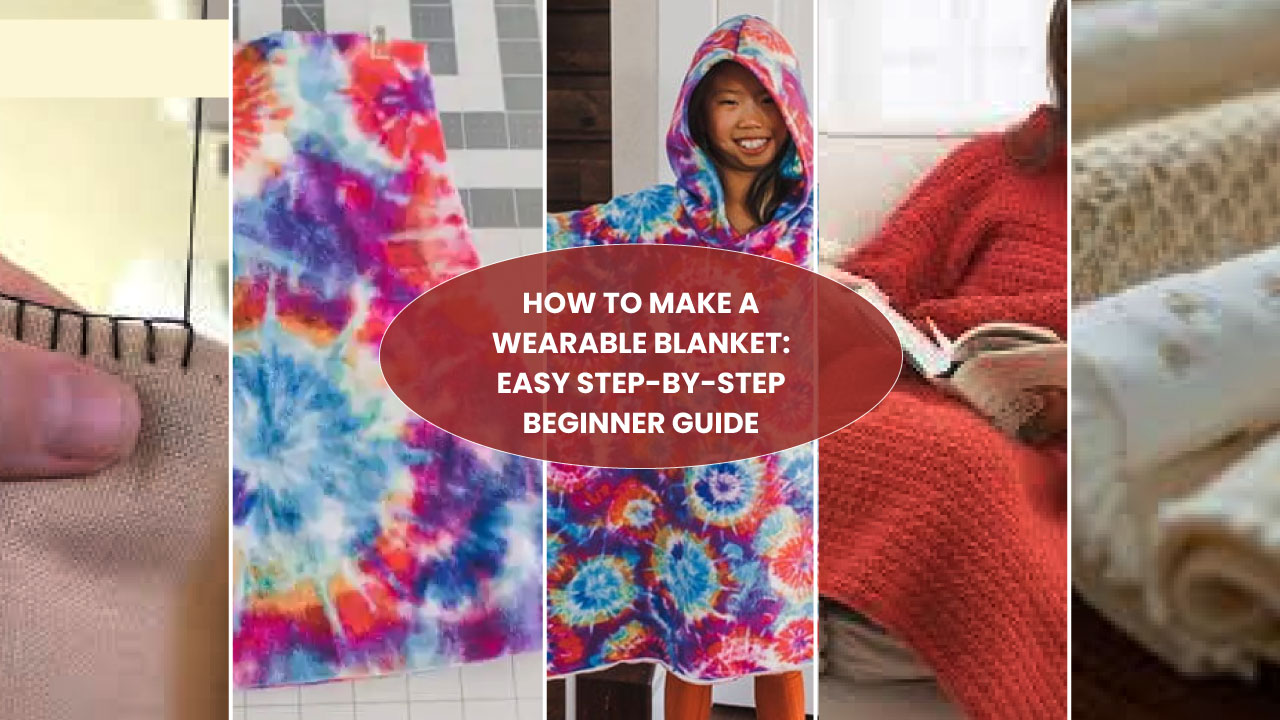
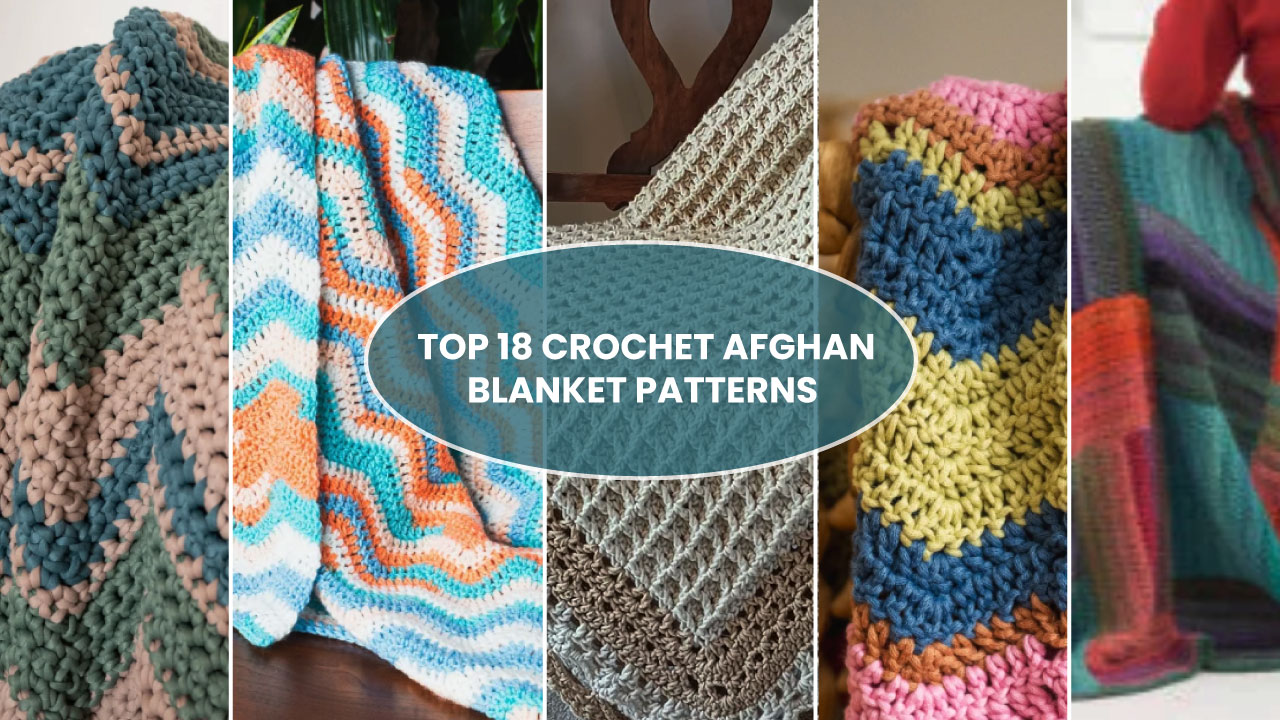

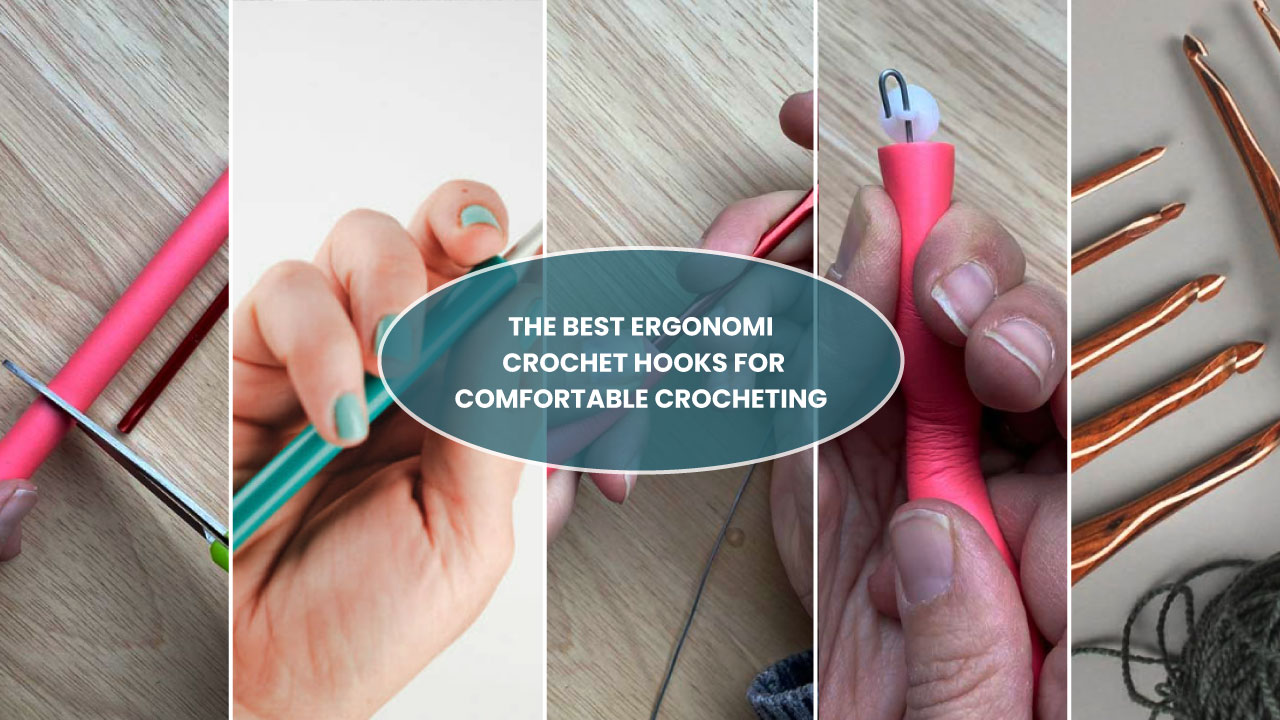
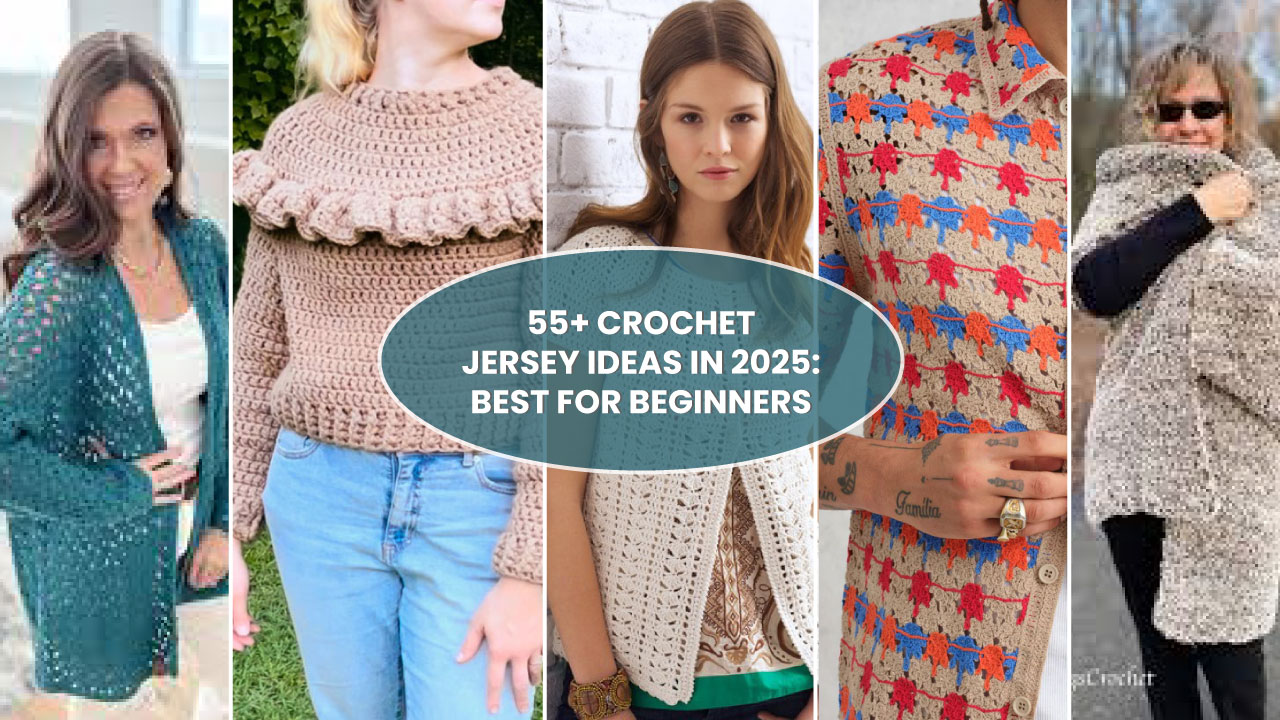

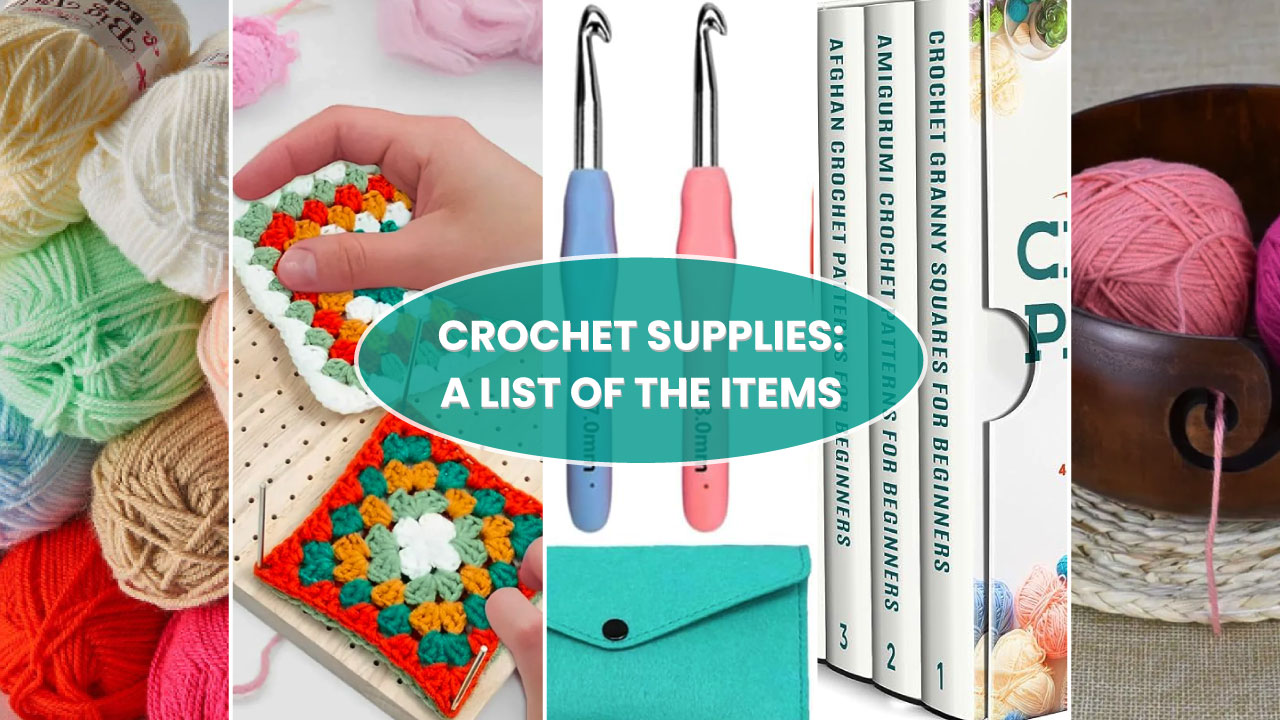
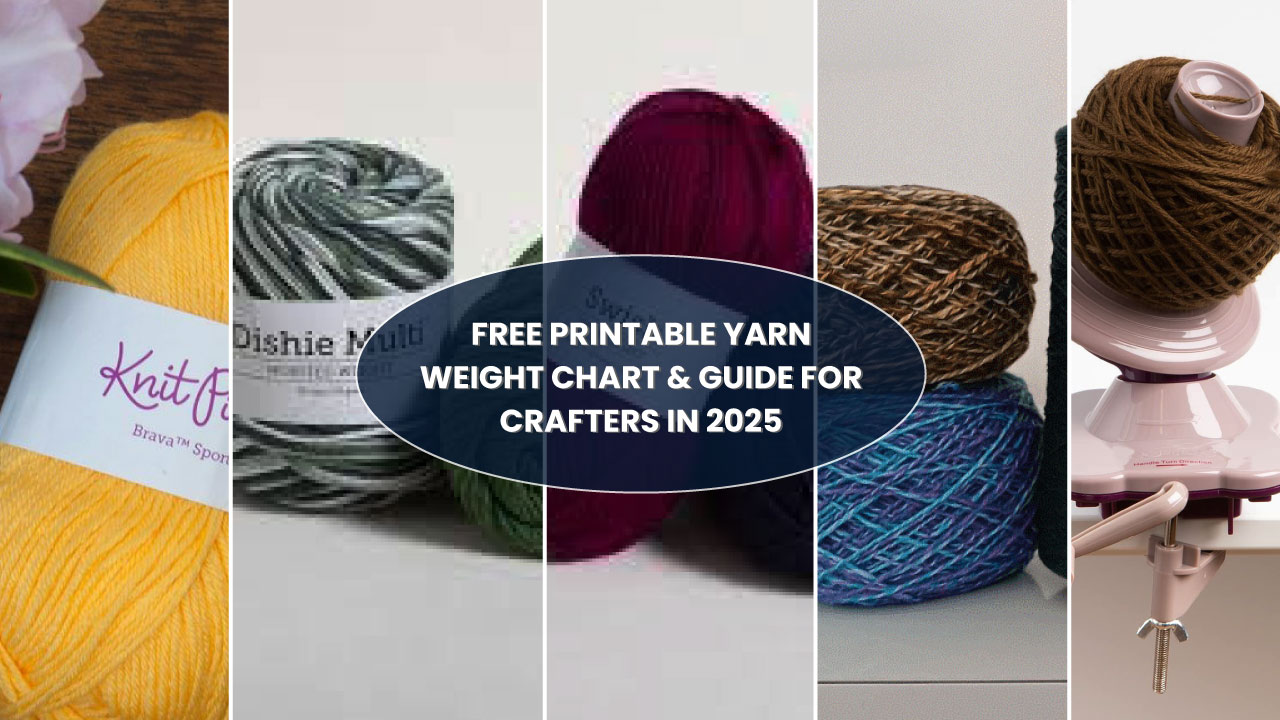
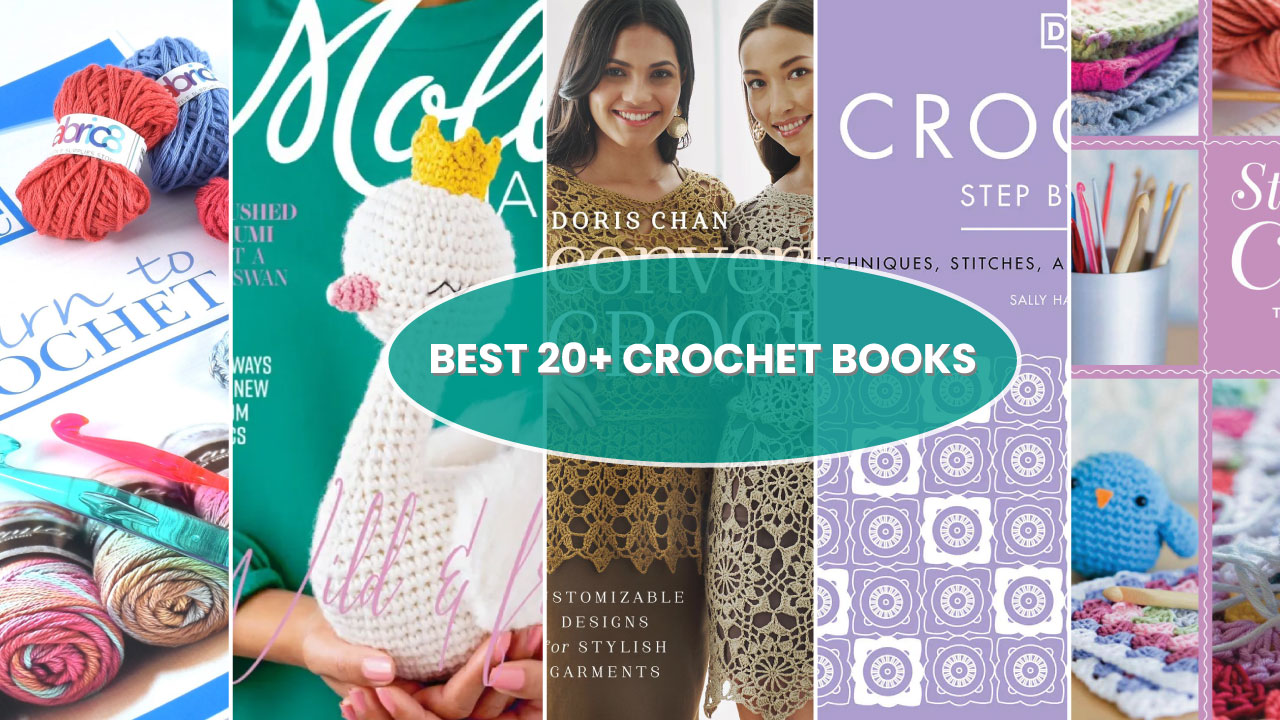

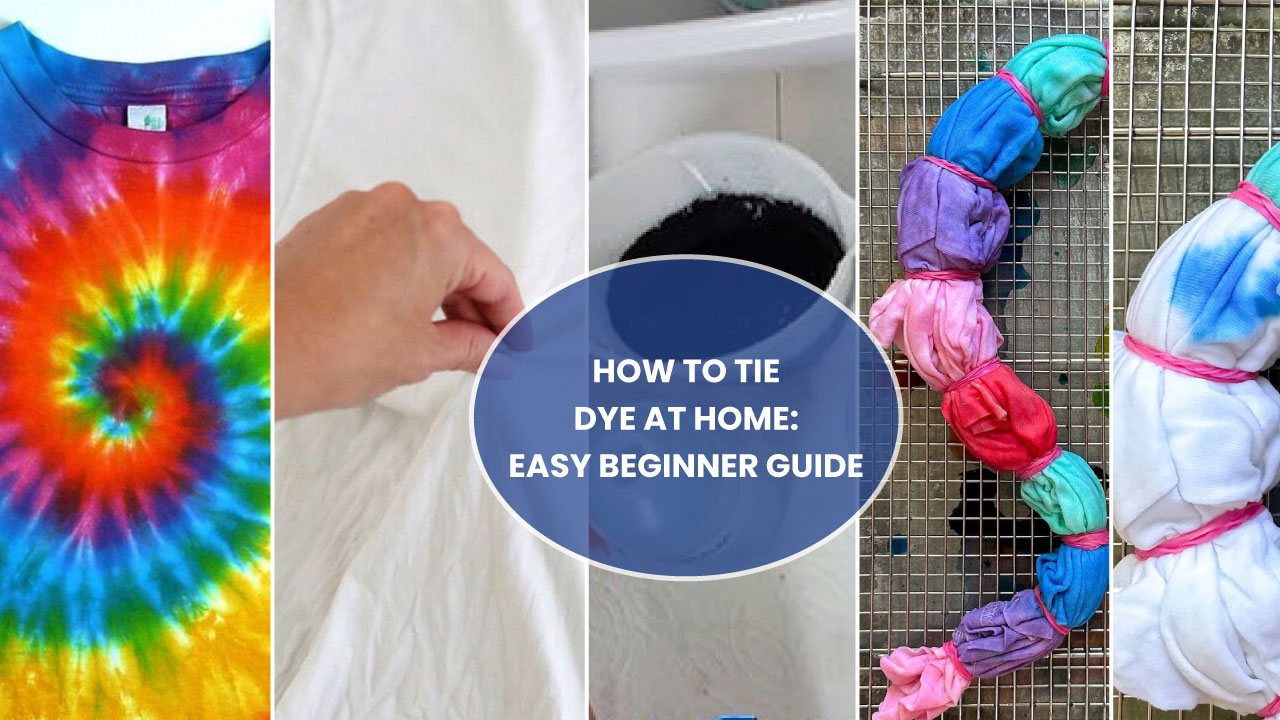
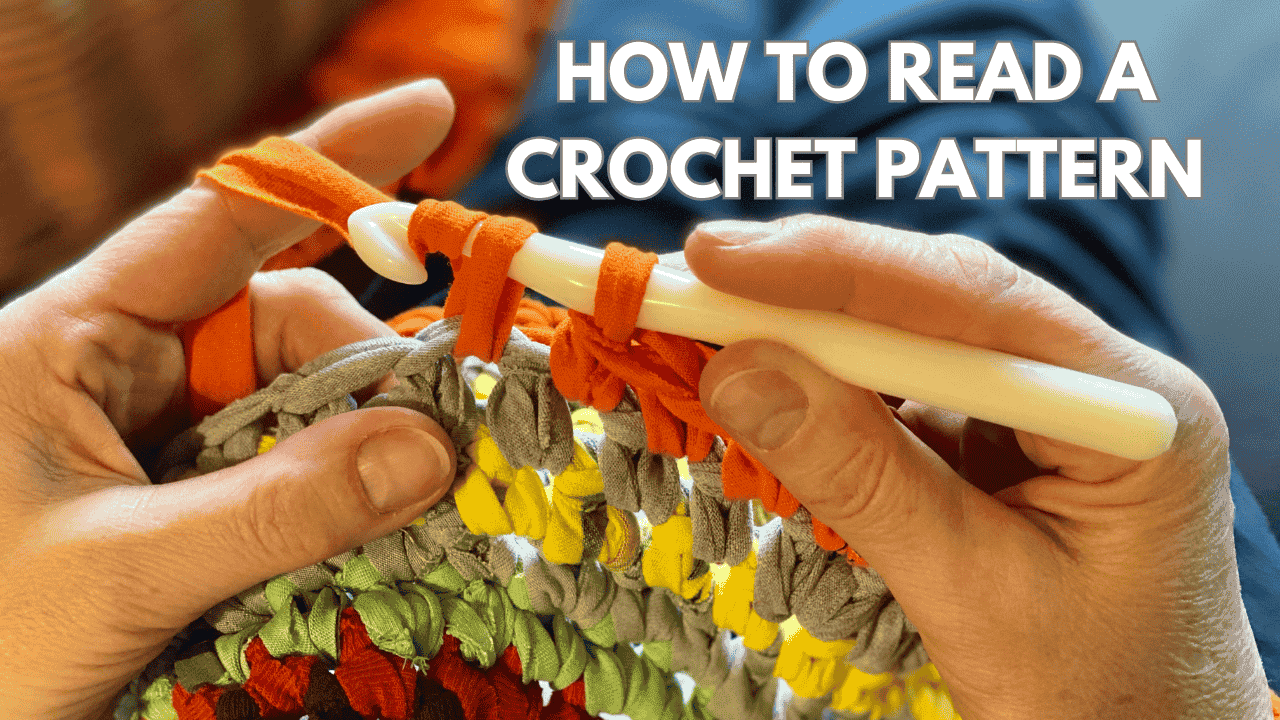
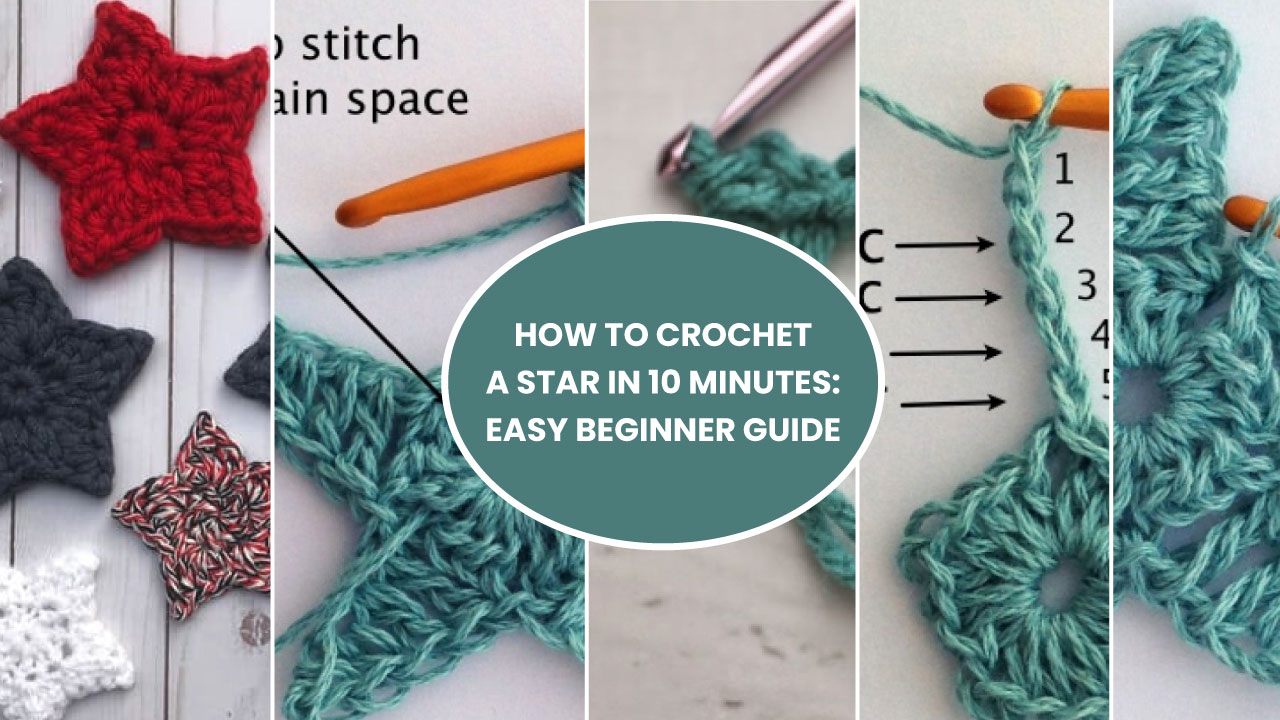
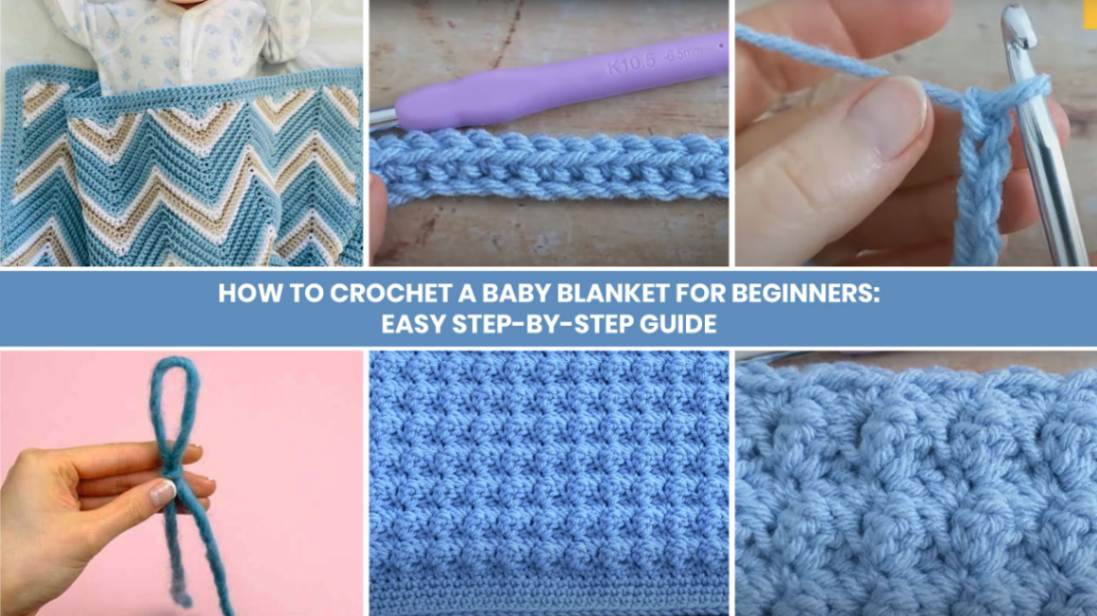
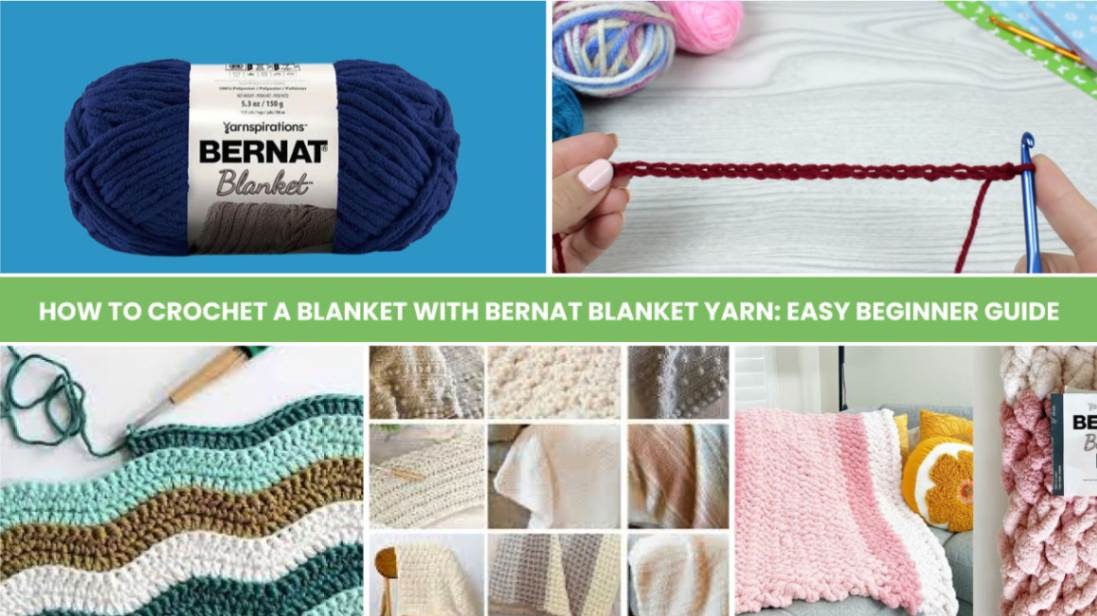
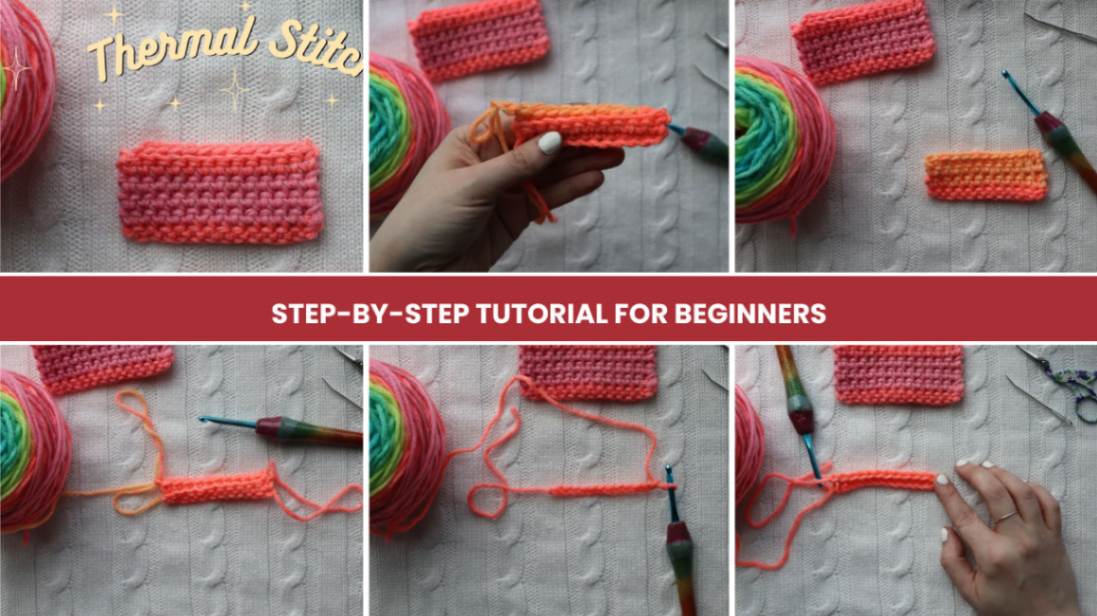
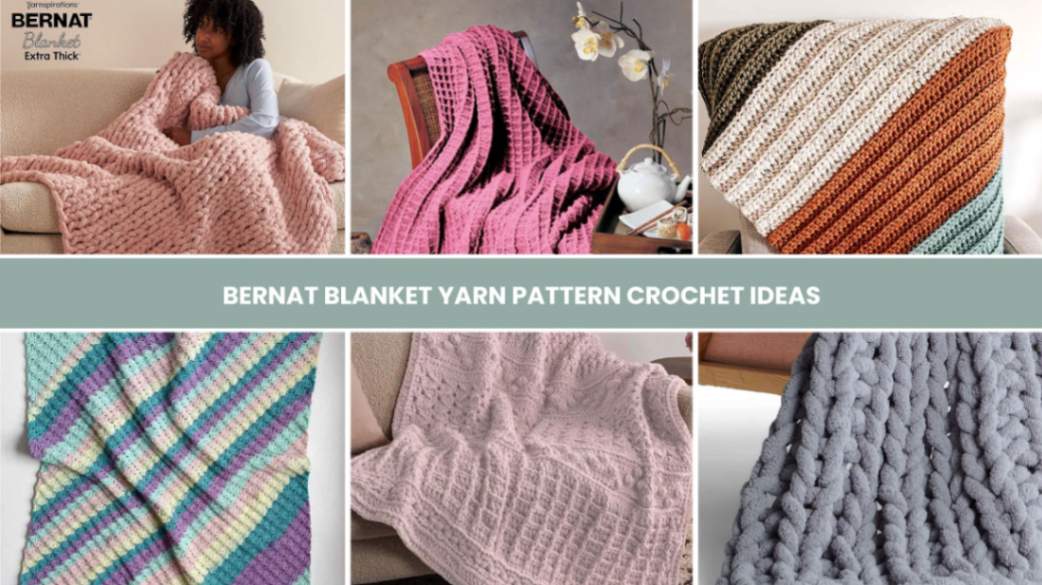
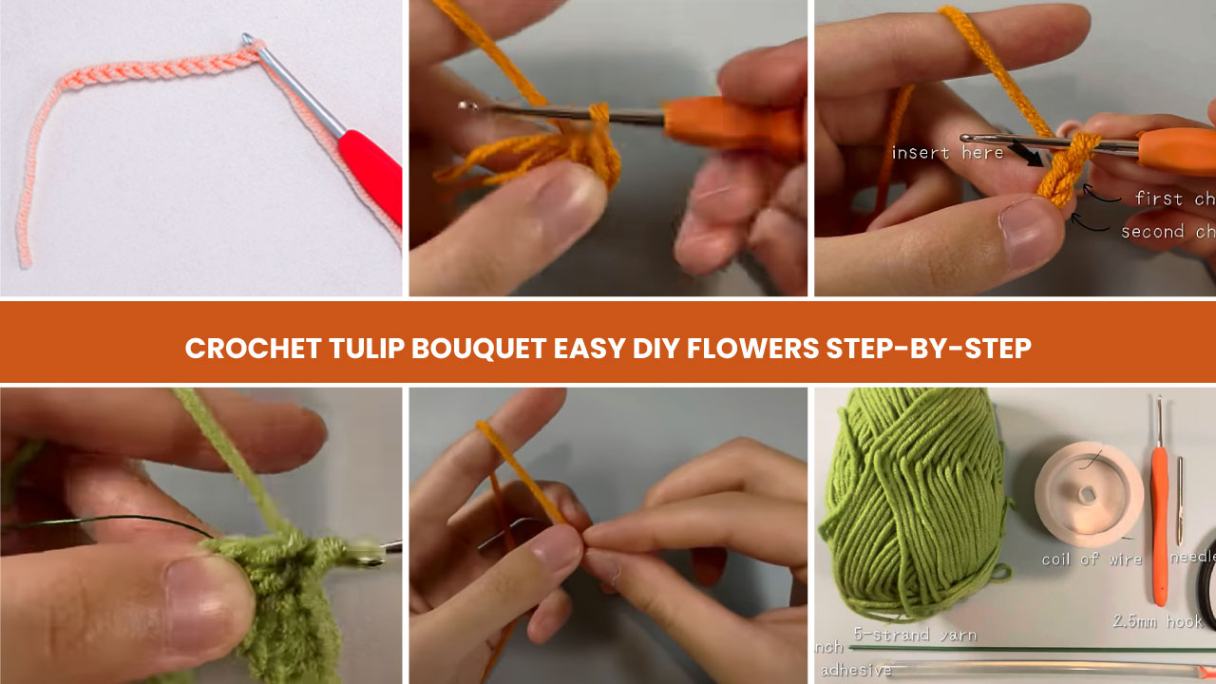

![How to Crochet Sunflower Bouquet [6 Easy Steps]](https://crochetmind.com/wp-content/uploads/2025/06/How-to-Crochet-Sunflower-Bouquet-6-Easy-Steps.jpg)
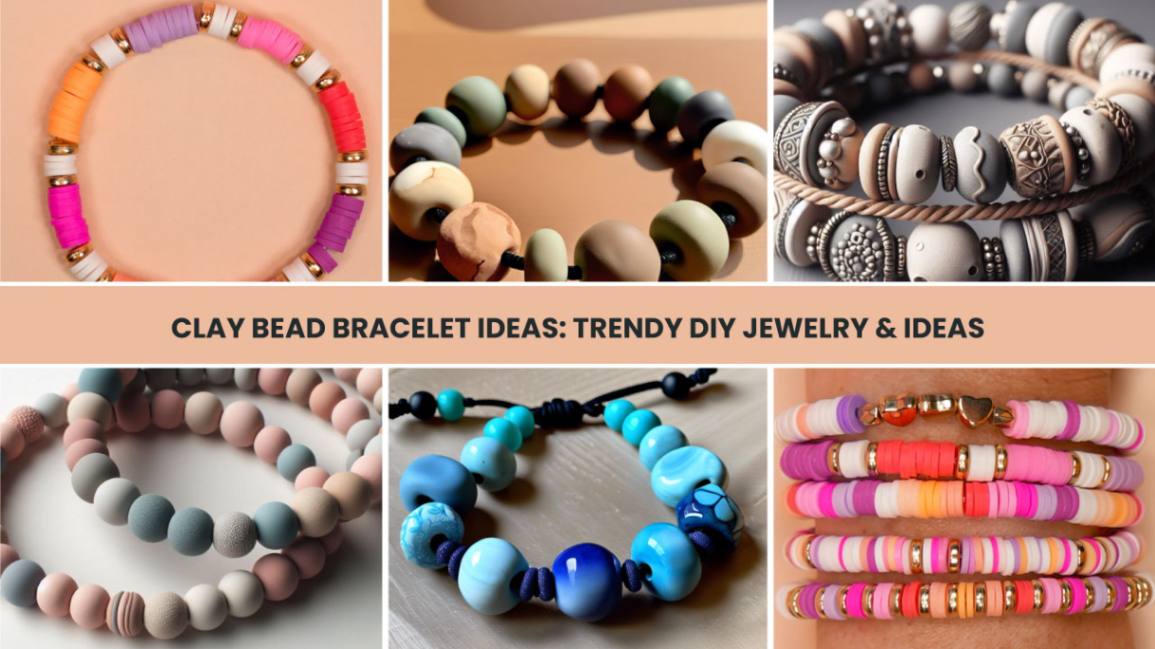


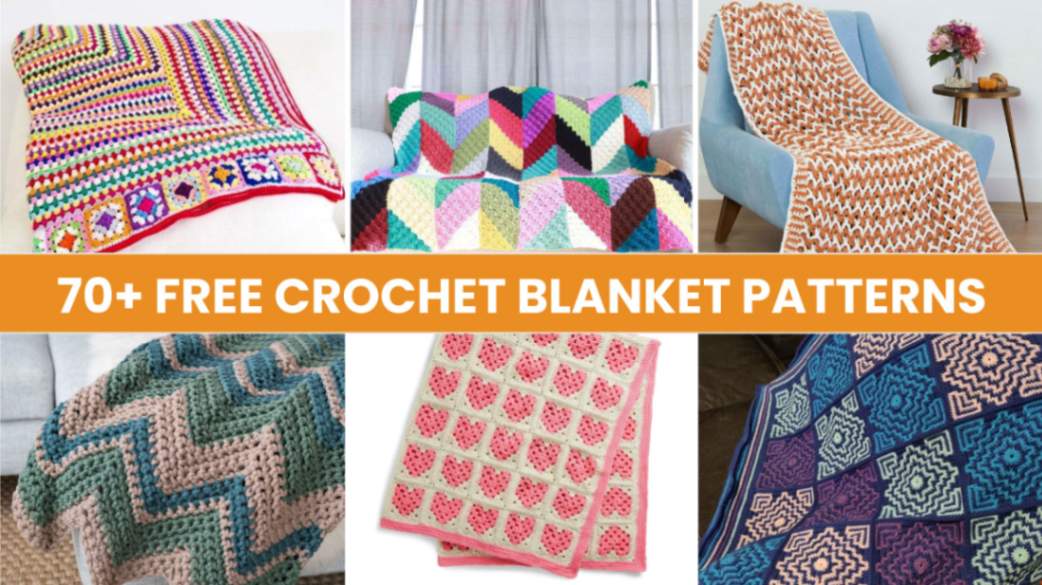
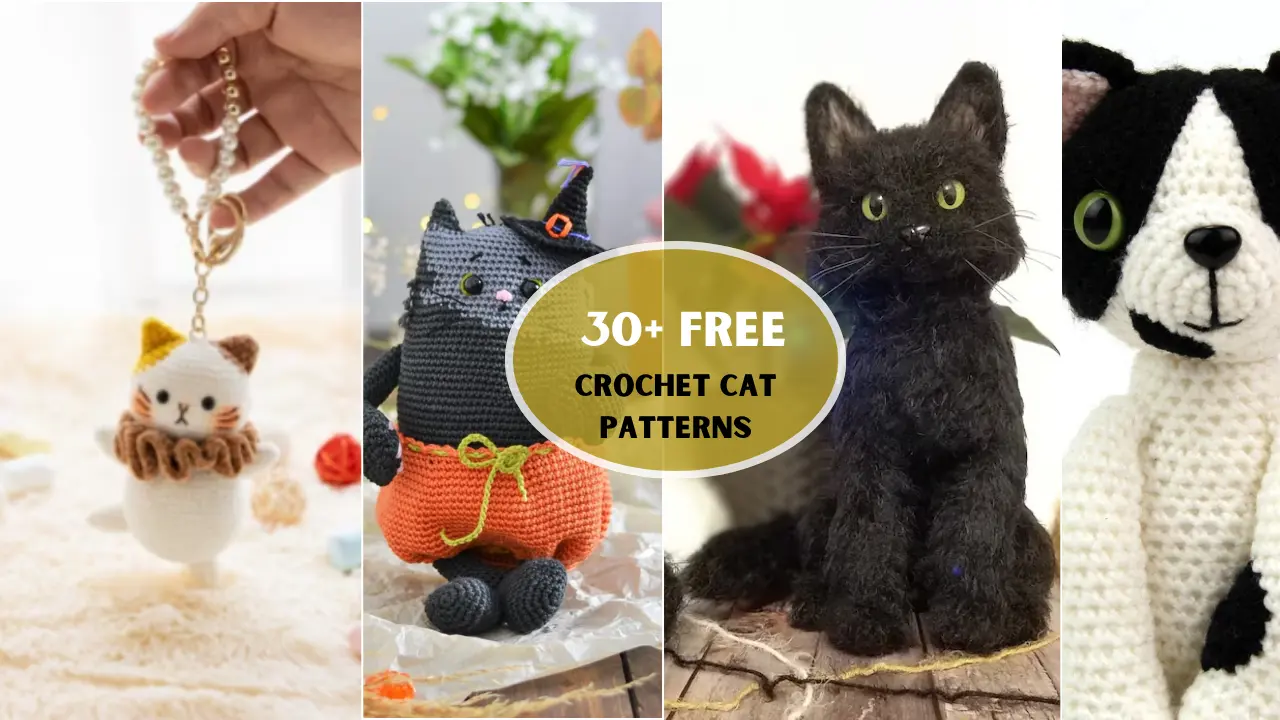
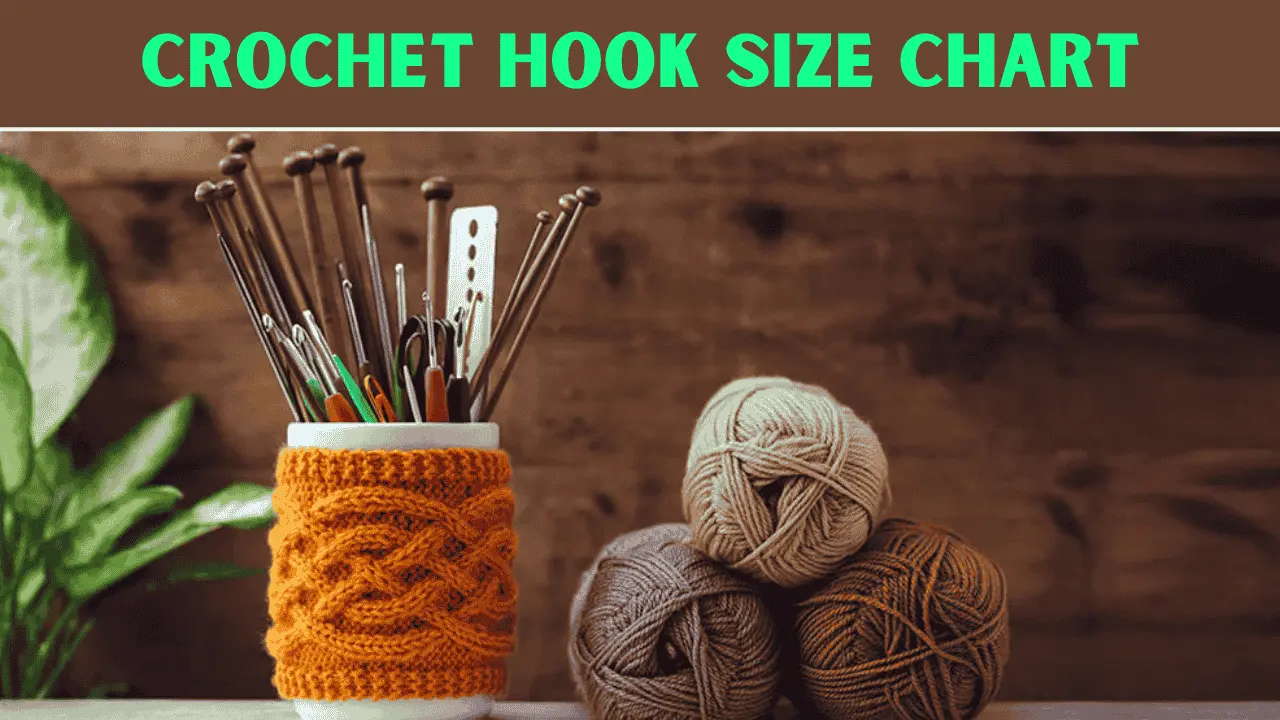
![How to Crochet a Bag? [6 Easy Steps with Pictures]](https://crochetmind.com/wp-content/uploads/2024/10/How-to-Crochet-a-Bag.webp)

